The artist and stage designer Es Devlin is best known for her large-scale public artworks and for immersive environments that combine light, music and sculpture. Devlin has designed everything from sets for the Royal Opera House and the National Theatre to live shows for Olympic ceremonies, Beyoncé and The Weeknd. This month, ‘An Atlas of Es Devlin’, the first museum exhibition to be dedicated to her work, will open at the Cooper Hewitt, Smithsonian Design Museum (18 November–11 August 2024).
Where is your studio?
My main studio is in the front three rooms of my home in Dulwich, London. One room is full of model sculptures, miniature prototypes and model-making tools; small 3D printers, cardboard and plywood model parts; to-scale model people and animals; furniture, lights on stands and video projectors. Two of the rooms have been filled with eight desks, one for each of my team, who range from architectural designers to studio assistants. Each desk is covered in sketchbooks, reference books and large desktop computers – sometimes three monitors on a single desk. All the desks are mechanical and are set at different heights throughout the day – the taller designers often work standing up. The walls of the studios are covered in shelves full of models, experimental cardboard, mirror and perspex sculptures, sketches, reference images and hundreds of books.
Next week the design team and the computers will move into a new studio, a seven-minute cycle away in a small two-storey warehouse in Peckham, and the main studio will become a space for me to think, make, draw and write. I currently do most of my writing at a desk in my bedroom above the studio. I do a fair amount of thinking and writing in bed.
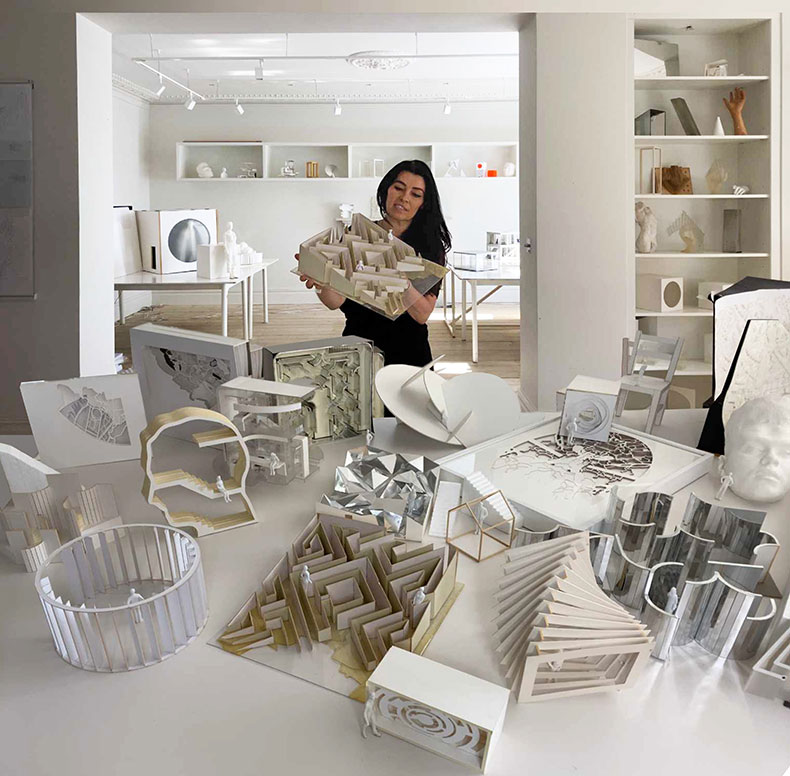
Es Devlin in her London studio. Photo: Daniel Devlin
How would you describe the atmosphere of your studio?
The wall between two of the rooms has been removed, so the space feels quite open while still bearing remnants of separation. There’s usually a number of people working in a multi-layered silence: each person’s silence has its own quality. There’s a hum of concentration, keyboards tapping and distant muted music from multiple headphones. The central desk is always covered with piles of books that work their way around the room as each of us reads them.
Do you listen to anything while you work?
When I was making drawings of endangered species for four months last year, I listened to hours of BBC Radio 4 programmes about various species, gardening, the biosphere, art, politics, religion, history and economics. I listen to opera and other albums to learn them in depth while preparing stage sculptures. Occasionally, especially when I am feeling stuck, I listen to Wagner while conceiving a sculpture for a pop concert, and to Kendrick Lamar while resolving an idea for an opera. When I am working overnight to meet a deadline and need to enter a zone of timeless focus, I play the same album on repeat until the work is done. Somehow this seems to warp and extend the time.
Do you have a specific studio routine?
I start working in bed most days. I set my alarm to wake me 20 minutes before I need to get up. I spend this period of time allowing thoughts to form while observing the line of light that lands on a blank white wall at the end of my bed. At the beginning of the week, I usually gather my studio team around the big central table. We shove the piles of books out of the way, make plans and share ideas. We eat a plant-based lunch together at a big table in the kitchen or in the garden each day. I spend the afternoons working my way around the room, sketching ideas to progress each project with each member of my team on whatever bits of paper are piled up on their desks. I’m often out at meetings in the afternoons. I started cycling an electric bike during the pandemic and now cycle everywhere, with two heavy saddlebags for my laptop, sketchbooks and waterproof layers.
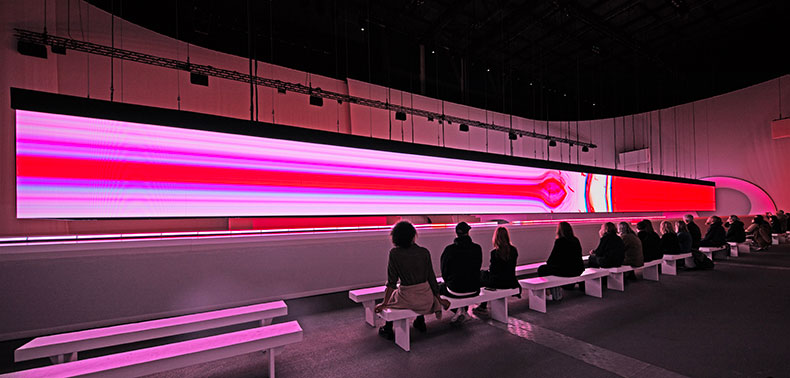
Installation view of ‘An Atlas of Es Devlin’ at AVIVA studios. Photo: © Es Devlin
What’s the most unusual object in your studio?
The back wall of the studio is a large mirrored pair of doors. When closed they reflect the front bay window with its passing double decker buses; when opened, they reveal the living room and garden beyond. It’s quite an unexpected transition.
What’s your most well-thumbed book?
The Dover Press book Magic, Stage Illusions, Special Effects and Trick Photography by Albert A. Hopkins.
Who is the most interesting visitor you’ve ever had?
William Kentridge came to visit my studio last September. He looked around and said: ‘This is all great, but you need a room without computers where you can make a mess.’
‘An Atlas of Es Devlin’ is at the Cooper Hewitt, Smithsonian Design Museum, New York from 18 November to 11 August 2024.
Unlimited access from just $16 every 3 months
Subscribe to get unlimited and exclusive access to the top art stories, interviews and exhibition reviews.

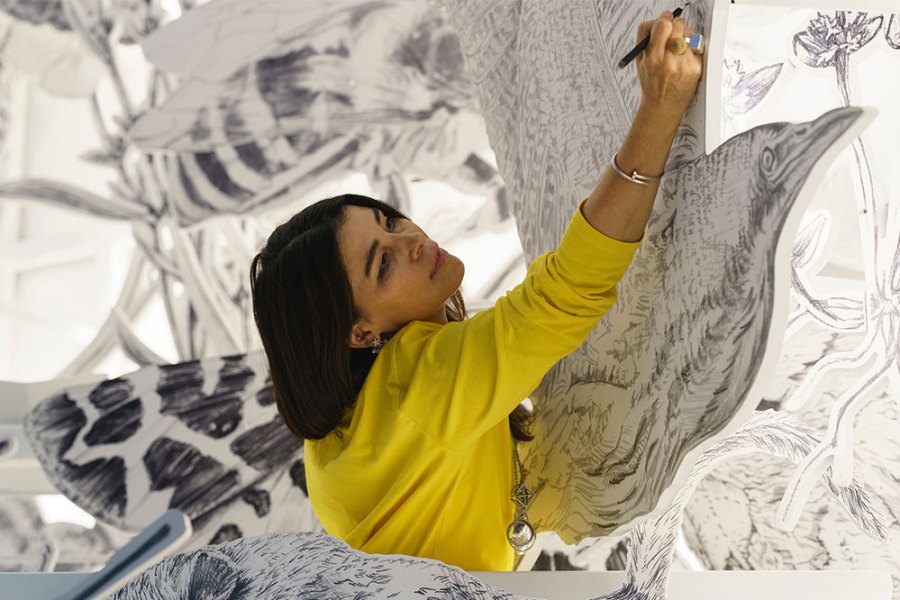
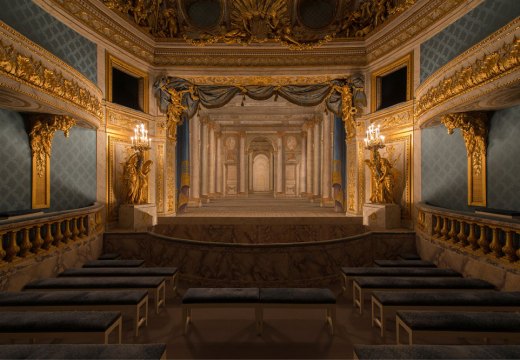
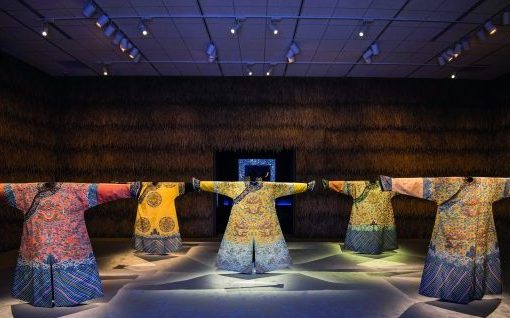
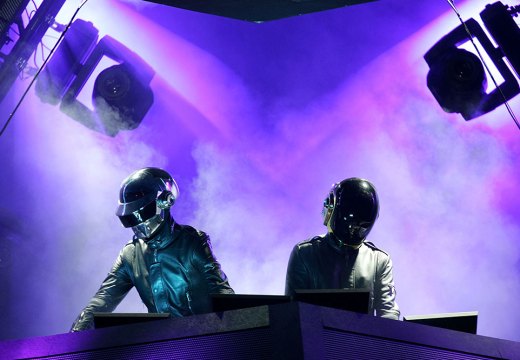









![Masterpiece [Re]discovery 2022. Photo: Ben Fisher Photography, courtesy of Masterpiece London](http://www.apollo-magazine.com/wp-content/uploads/2022/07/MPL2022_4263.jpg)
It’s time for the government of London to return to its rightful home